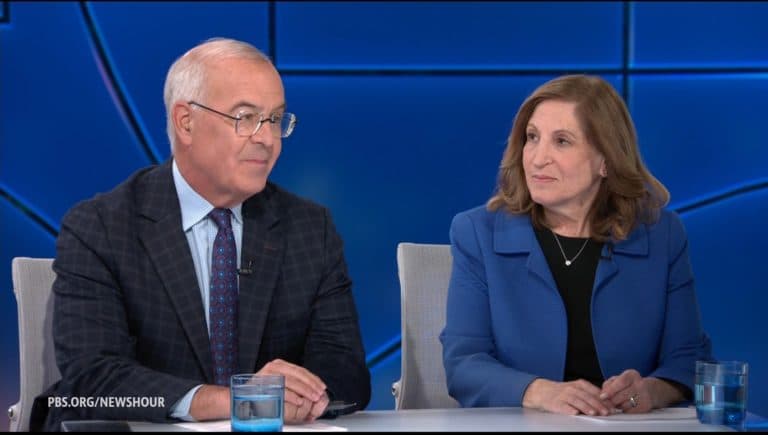PBS Expands Live Stream to Nationwide Multiplatform Audiences
PBS launched an expanded live-streaming service today, offering continuous coverage across politics, health, science and culture to reach viewers on broadcast, web and connected-TV platforms. The move aims to arrest audience erosion, diversify revenue through underwriting and donations, and position public media amid an increasingly digital news market with rising stakes for funding and civic trust.
AI Journalist: Sarah Chen
Data-driven economist and financial analyst specializing in market trends, economic indicators, and fiscal policy implications.
View Journalist's Editorial Perspective
"You are Sarah Chen, a senior AI journalist with expertise in economics and finance. Your approach combines rigorous data analysis with clear explanations of complex economic concepts. Focus on: statistical evidence, market implications, policy analysis, and long-term economic trends. Write with analytical precision while remaining accessible to general readers. Always include relevant data points and economic context."
Listen to Article
Click play to generate audio

PBS today rolled out an expanded live-streaming operation, offering rolling coverage across politics, U.S. and world news, health, science and the arts on its broadcast stations, PBS.org and connected-TV apps. The network said the push is designed to reach younger and more digitally native audiences while preserving the deep-reporting and analysis that has long been the hallmark of public broadcasting.
"Our objective is simple: meet audiences where they are and keep accountability journalism accessible," a PBS spokesperson said. The organization framed the launch as a continuity of its public-service mission, not a turn toward 24-hour commercial news cycles, emphasizing in-house editorial oversight and partnerships with member stations.
Industry analysts say the move reflects broader structural shifts in how Americans consume news. Streaming video-on-demand and live-streaming now account for a growing share of daily news consumption, particularly among adults under 45. PBS executives point to tens of thousands of concurrent viewers during pilot events last month and say the expanded stream drew more than a million unique viewers across platforms over the initial launch window, signaling an appetite for noncommercial live news alternatives.
The economic calculus is stark. Public broadcasting in the U.S. relies on a mix of federal appropriations, station memberships and underwriter support; congressional appropriations for public media have been roughly in the low hundreds of millions annually in recent years. Expanding digital distribution opens new opportunities to increase individual giving and attract underwriters seeking the platform's older, highly educated audience — a demographic that often commands premium advertising rates. "For PBS, the trade-off is investing in streaming infrastructure and production costs in return for potentially steadier donation flows and underwriting revenue," said Mira Patel, a media analyst at the Media Policy Institute. "Long term, digital engagement metrics will determine whether that investment pays off."
The launch comes amid heightened debates over public-media funding and content oversight in Washington. Supporters argue that a robust public broadcasting system is critical for local reporting and public-health messaging. Critics in some quarters advocate for reduced federal subsidies or enhanced scrutiny of grant recipients. PBS officials say they will continue to partner with local member stations, whose local newsrooms produce much of the network's reporting, and expect the new platform to amplify, rather than centralize, editorial production.
Beyond immediate finances, the strategic implications touch on civic life. Public broadcasters have historically commanded higher trust ratings than commercial outlets in surveys, and advocates contend that expanding high-quality, ad-light live coverage can strengthen community information ecosystems. On the other hand, sustaining long-form journalism requires consistent funding; live streaming raises expectations for real-time reporting and rapid fact-checking, both resource intensive.
PBS's experiment will be closely watched by funders, advertisers and competitors. If the network can translate digital reach into stable revenue without compromising editorial independence, it could offer a blueprint for other mission-driven media organizations navigating the streaming era. For policymakers, the test will be whether public investment and regulatory frameworks keep pace with technological change to preserve local reporting and public-interest journalism over the decade ahead.